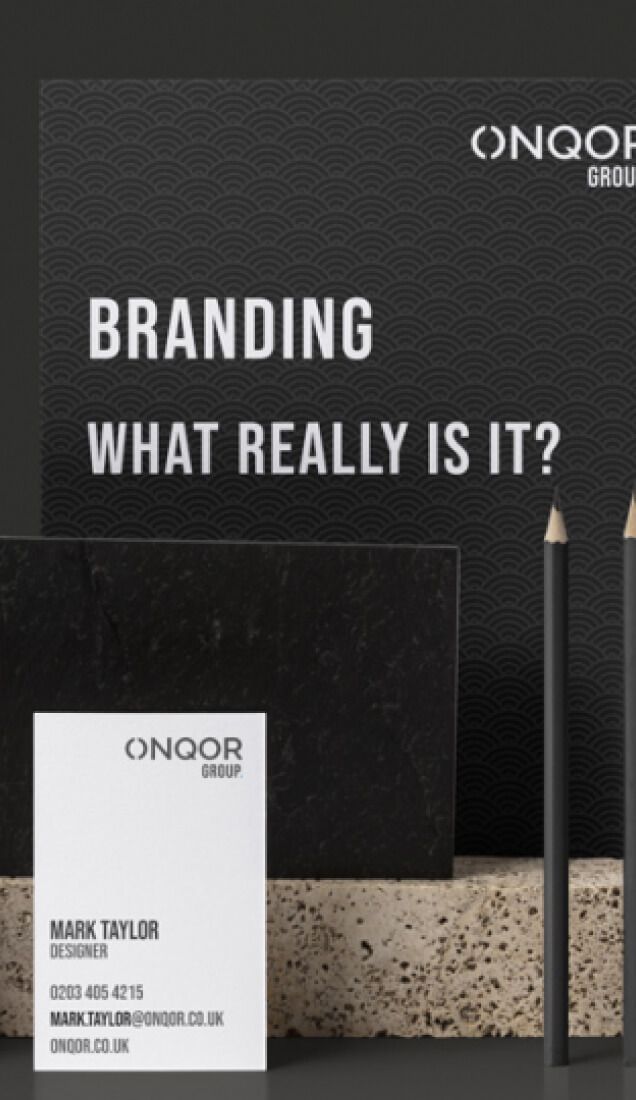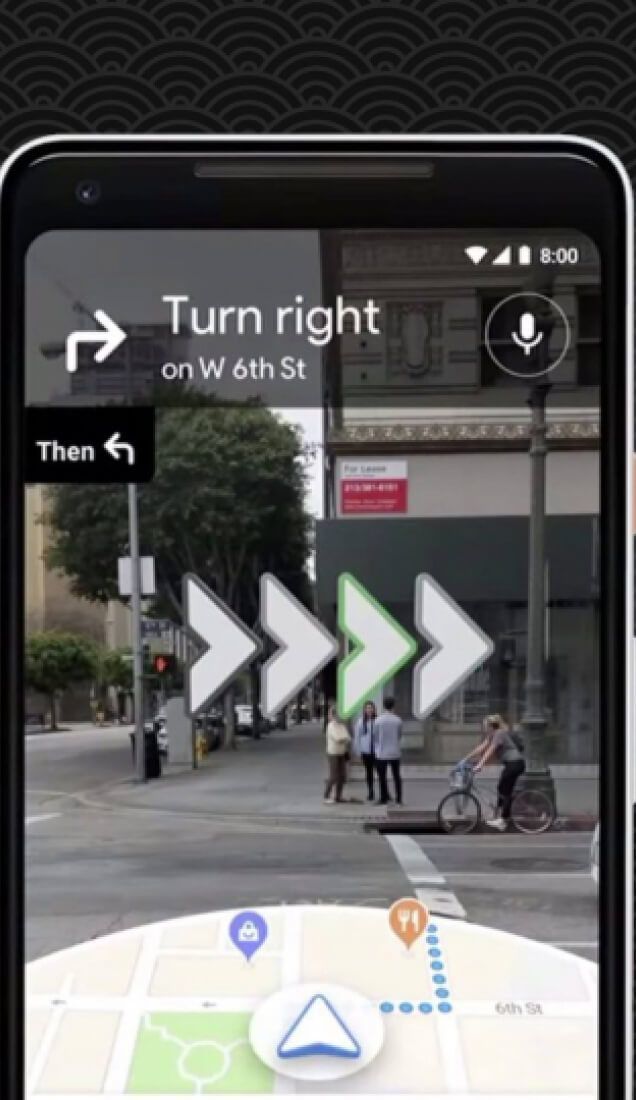How to Define a Brand
April 27, 2018
Establishing your brand can be a confusing and complicated process.
If you’re unsure of what your brand is and what you represent, it will cause inconsistency in your branding, leaving a potential customer just as confused as you, which in turn can make them turn to a competitor instead.
One key thing to remember when working out what your brand is going to be is to not overcomplicate the process. The best place to start is to create a brand guidelines document that all staff members can follow.
If you are in need of a hand with branding, check out our branding services.
Why brand guidelines matter
Producing brand guidelines will benefit all members of the business. It reduces time spent explaining the branding to new members of the team, removes the need to check employees work before it goes out and once your branding has been written down it is easier for your staff to follow.
Now, what’s included in a brand guidelines document is up to you, although most businesses use their brand guidelines to be a resource for everyone to understand how to represent their brand.
So what should you include?
A cover page
Keep it simple; include the company’s logo and title of doc.
Logo guidelines
In this section, it is vital to display how your logo appears on different channels! If this is not clear, your logo will lose recognition and value.
What to include:
- Logo elements — A visual guide to the features that make up your logo.
- Colour variations of your logo.
- Spacing — Your logo should always be surrounded by a consistent amount of clear space to ensure its visibility and impact.
- Examples of how your logo should NOT look.
Colour palettes
- A primary colour palette, which consists of the exact colours used in your logo, including colour names and codes for different uses (CMYK for print, HEX and RGB codes for digital).
- A secondary colour palette, which consists of complementary brand colours that can be used for text, headlines, and other components of branded assets.
Typography
Include information about the fonts your company uses for titles and body text.
Usage examples
To help employees understand how to display your branding in different layouts, provide examples e.g. tops, business cards and packaging.
Now that is just about all that you SHOULD include. Wasn’t that scary was it?
In addition to these elements, you can also include a mission statement, visual rules around images and icons which are from the specific brand voice guidelines, and specifications for assets like packaging, email marketing, and more.
Once this document is produced, make sure that your company sticks to it. If you don’t your branding will not have the impact/recognition that you desire.








